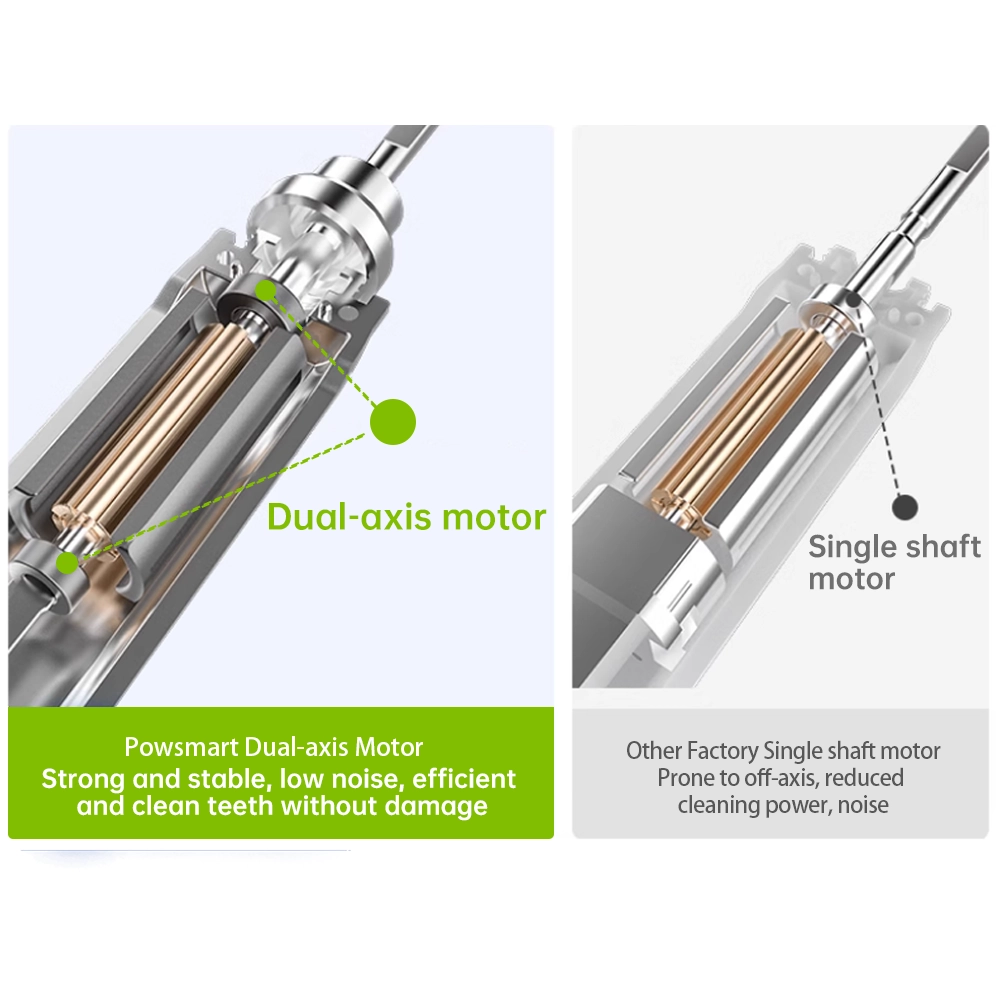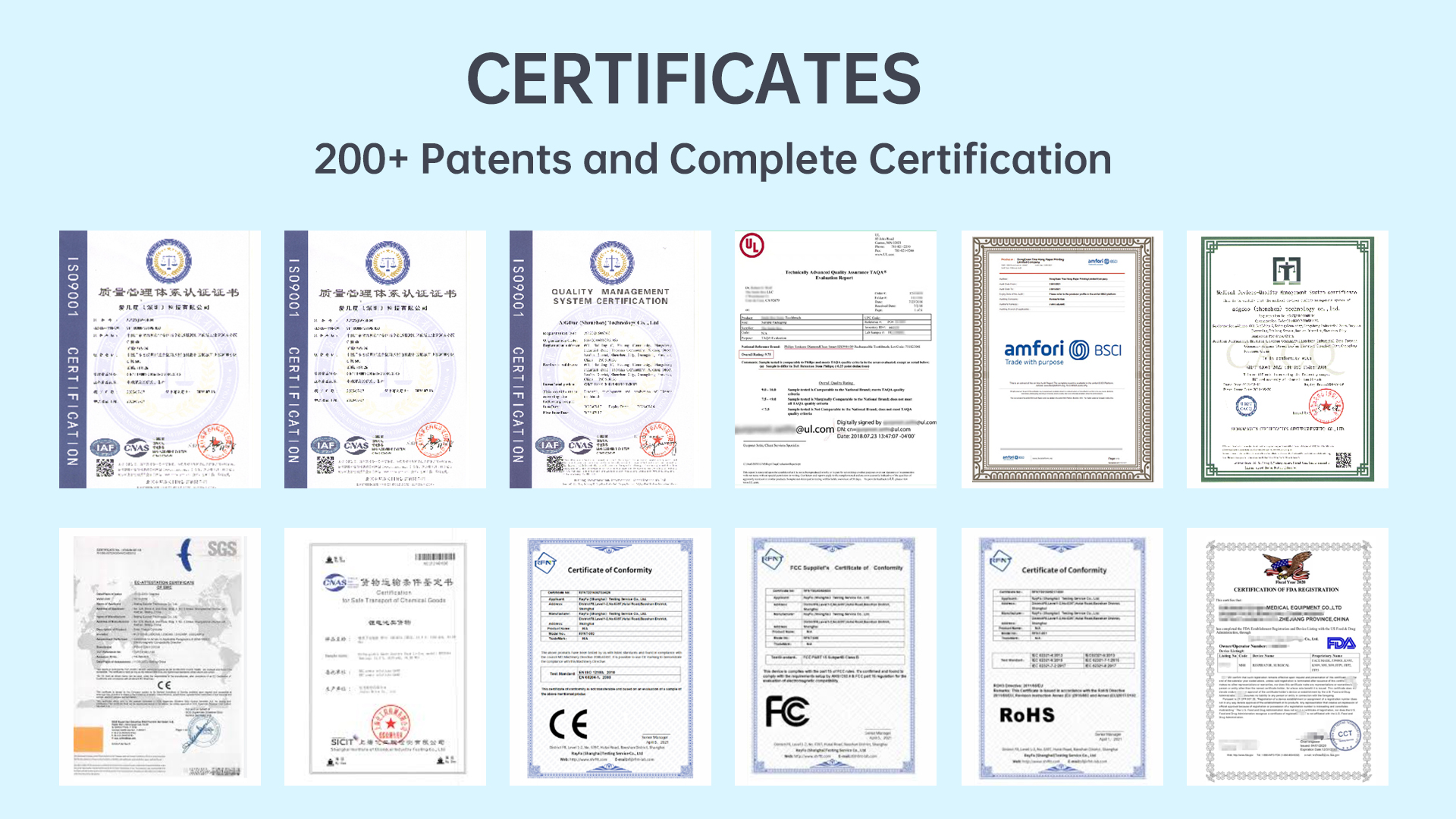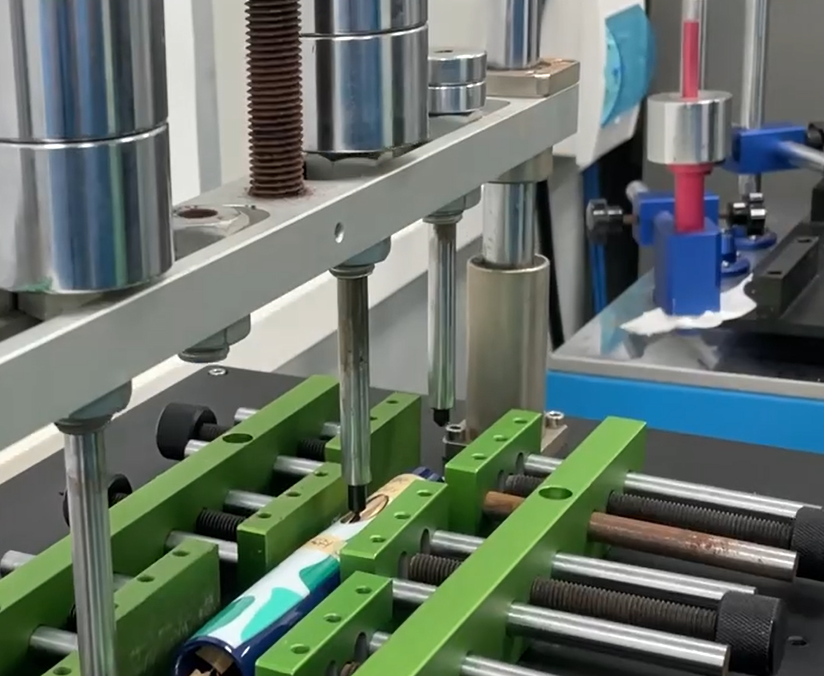In the production of battery-powered devices, two critical issues that can significantly affect product reliability are Battery Leakage and Valve Sticking. While they might seem unrelated at first glance, battery leakage can directly lead to valve malfunction and sticking, ultimately compromising the performance and lifespan of the entire device. Understanding this connection is essential for OEM and ODM partners striving for quality, consistency, and customer satisfaction.
Battery Leakage occurs when electrolytes or other chemical substances escape from the battery casing. This leakage can be caused by various factors such as overcharging, deep discharge, manufacturing defects, or prolonged storage in unsuitable environmental conditions like high humidity or extreme temperatures. When battery leakage happens, the leaked substance can corrode nearby components, affect circuit boards, and even cause safety hazards.
In sealed systems such as electric toothbrushes, water flossers, or medical devices, leaked battery fluids often reach mechanical parts—including delicate valves—causing unintentional side effects such as Valve Sticking.
Valve Sticking refers to the failure of a valve to open or close smoothly, resulting in restricted or uncontrolled fluid or air flow. In consumer or medical devices that depend on precise fluid delivery (like water flossers or nebulizers), valve sticking can severely degrade functionality and user experience. The root causes of valve sticking typically involve mechanical wear, residue buildup, or environmental contamination—but rarely do manufacturers consider battery leakage as a contributing factor.
Why does Battery Leakage lead to Valve Sticking? The explanation lies in the migration of leaked electrolyte fluids through internal device structures. Once leakage occurs:
This degradation may not be immediately noticeable during initial usage but will manifest as performance drops, fluid blockage, or even complete device failure after prolonged operation.Company web: https://www.powsmart.com/product/electric-toothbrush/
Several conditions can accelerate this chain reaction between Battery Leakage and Valve Sticking:
To prevent Battery Leakage from causing Valve Sticking, B2B manufacturers should implement these proactive design and process strategies:
The direct link between Battery Leakage and Valve Sticking highlights an often-overlooked risk in product design for B2B sectors. For brands serving demanding markets—whether in personal care, medical, or industrial devices—underestimating this relationship can result in higher failure rates, costly after-sales service, and customer dissatisfaction.
By integrating superior battery quality, sealing designs, and protective barriers early in the development stage, OEM/ODM manufacturers can ensure device longevity, functional reliability, and brand reputation in an increasingly competitive global market.
.jpg)
.jpg)
Navigating Electric Toothbrush Import Regulations?

Travel-Friendly Smart Toothbrushes: Compact & Rechargeable Options
.jpg)
Top 5 Factors When Selecting a UV Sterilizing Water Flosser Manufacturer
High-Performance Electric Toothbrush for Braces – Bulk Supply for Dental Clinics
.jpg)
Protecting Dental Veneers: How to OEM Gentle Water Flossers and Electric Toothbrushes
Electric Toothbrush vs Manual – Benefits for Oral Health and Efficiency
.jpg)
Smart Toothbrush Private Label: Build Your Brand with OEM Support

Does Quiet Toothbrush for Office Suffer Nozzle Clogging?
.jpg)
What Are Typical Electric Toothbrush Delivery Lead Time and Electric Toothbrush Payment Terms?
.jpg)
Is Ultra-Quiet Magnetic Motor Brush Generating Noise Complaints?

How to Assess Electric Toothbrush Supplier Reliability and Find Electric Toothbrush Technology Partners?
-2-scaled.png)
How to Source the Best Teeth Whitening Device Manufacturers for Your Brand

Custom Smart Toothbrush Sourcing from China – A Buyer’s Guide

Tips for choosing a High-Quality Electric Toothbrush Factory for Your Oral Care Brand
.jpg)
Sourcing Water Flosser Manufacturers: Key Considerations for Oral Care Brands
Can Contact Oxidation Lead to Weak Pressure?

Electric toothbrush heads Charcoal Infused-Diamond

electric toothbrush heads Ultra Soft

Customization Teeth Whitening Gel

electric toothbrush heads Regular Clean

Private Label Whitening Gel

electric toothbrush heads Deep Clean

electric toothbrush heads Charcoal Infuse-Round
.jpg)
Florida Electric Toothbrush – Powsmart PTR-C8
whstapp
whstapp
National Toll-Free Service Hotline
+86 755 86238638